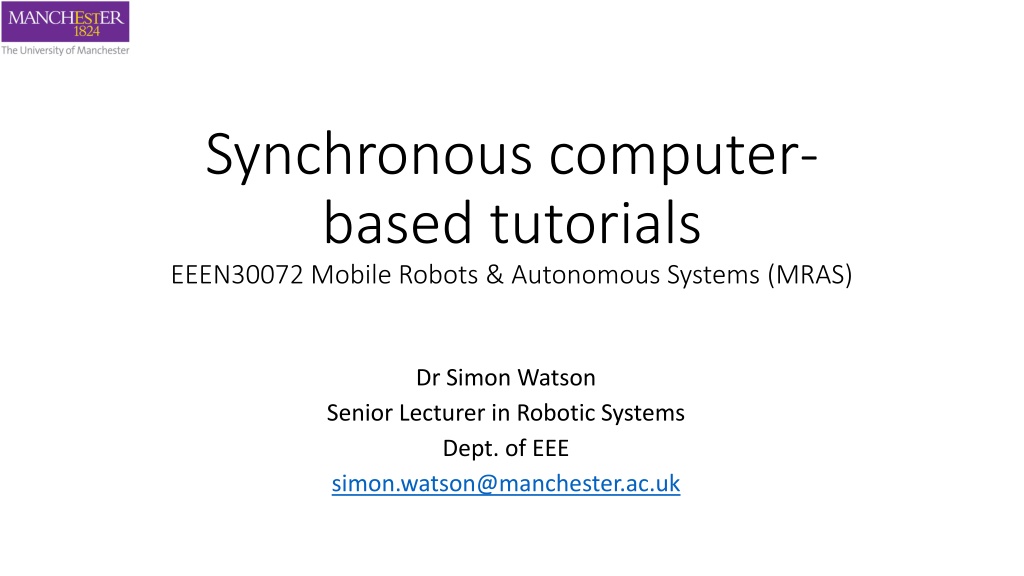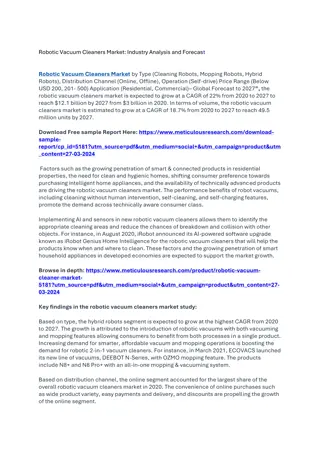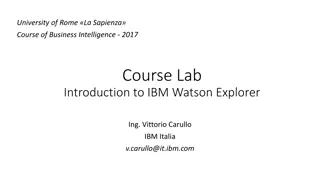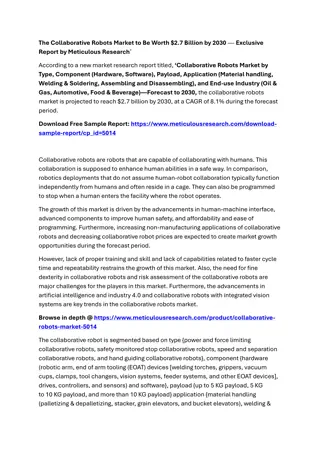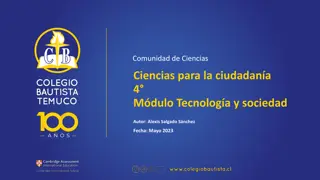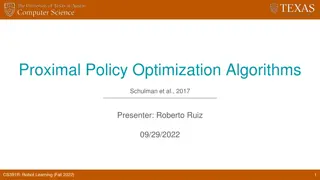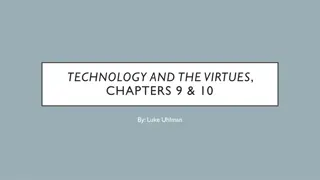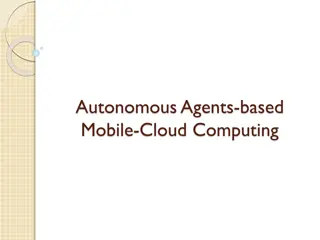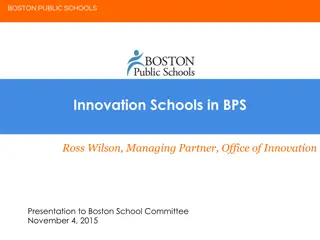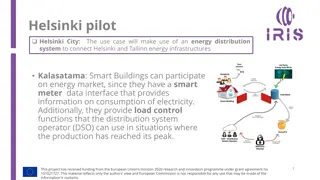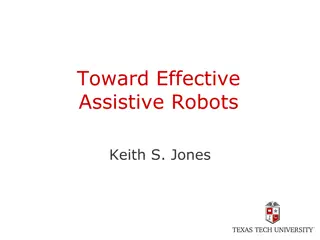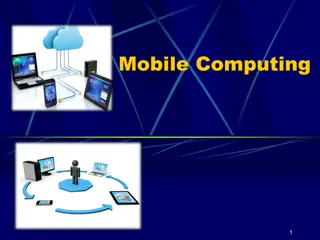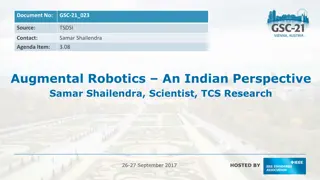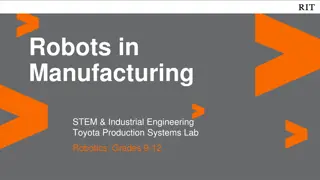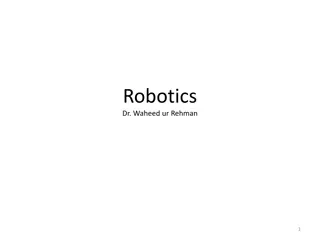Overview of EEEN30072 Mobile Robots & Autonomous Systems Course by Dr. Simon Watson
Providing a comprehensive introduction to mobile robots and autonomous systems, the EEEN30072 course led by Dr. Simon Watson is aimed at 3rd-year students, offering a mix of asynchronous materials and synchronous sessions. The course structure includes interactive synchronous exercises, group discussions, and various assessments to enhance understanding and engagement. Blended learning approaches, history of course evolution, session structure details, and positive student feedback all contribute to the dynamic learning experience provided.
Download Presentation

Please find below an Image/Link to download the presentation.
The content on the website is provided AS IS for your information and personal use only. It may not be sold, licensed, or shared on other websites without obtaining consent from the author. Download presentation by click this link. If you encounter any issues during the download, it is possible that the publisher has removed the file from their server.
E N D
Presentation Transcript
Synchronous computer- based tutorials EEEN30072 Mobile Robots & Autonomous Systems (MRAS) Dr Simon Watson Senior Lecturer in Robotic Systems Dept. of EEE simon.watson@manchester.ac.uk
Overview Course Aims: Provide a broad introduction to mobile robots and autonomous systems. ~60 - 70 3rdYear students (MTE only) [compulsory] Cohort: Asynchronous Material: ~30 minutes per week Synchronous Sessions: 9 x 2 hours per session Guest Sessions: 2 x 2 hours Labs: 1 x 3 hours Assessment: 1 x 3 hour online, open-world exam (70%) 1 x CPD video coursework on Robot Ethics (15%) 1 x Lab with Video Submission (15%)
History Blended learning trials on legacy unit All sessions are Blended Specific synchronous activities (MATLAB based) Asynchronous videos for all sessions CPD based coursework Use of MECD 2020/21 2016/17 2018/19 2014-16 2019/20 2017/18 2021/22 Open-world, online exam Unit is launched 5 out of 8 sessions are Blended No asynchronous videos, just notes No formal synchronous material, just working through tutorial questions from the notes (MATLAB based) Classic closed-book paper exam and lab activities Year of Lockdown Everything online Open Zoom break-out rooms to replicate on-campus set-up Video-based CPD coursework with transparent marking norms
Session Structure Asynchronous (lite): Student s watch short videos (max 15 minutes total) Synchronous Session Location: Dry Teaching Lab (MECD Eng B 2B.019) Synchronous Session Structure: 0 5 mins: Welcome, introduction and announcements 5 20 mins: Review of high-level concepts through live demos / videos No review of the asynchronous videos or notes Essentially showing the end point of the concepts and how they are used 20 40 mins: Synchronous exercise 1 Whilst these are being completed, wander around the lab answering questions / having discussions with the students 40 45 mins: Group discussion about exercise 1 Show the results on screen and discuss any issues raised by students 45 100 mins: repeat above for remaining synchronous exercises
Student Feedback I really enjoyed the more hands on approach and felt like it helped me understand the content a lot more than just reading it out of a book (17/18) I should also mention the new method of teaching where every lecture was basically a lab session was great. Having one course taught like this and another course taught the traditional way in a lecture theatre kept the semester varied, and I wished more courses would do something similar (17/18) Great content, concise video but not too short up to the point you can t learn anything. You learn a lot from a short period of time and leaves room for you to explore more Open, friendly, encouraging, easy to talk to and respectful of students and their welfare. Kept asynchronous videos short and succinct and synchronous sessions engaging. Really interesting material and made it relatable to what we know. Difficulty set at the right level and I always look forward to these lectures. (20/21) I don't mind blended learning as long as its done in a way that isn't just a repeat of the videos. I like how the mobile robots module is executed as it provides practice and interactivity without repeating the videos (21/22)
Format Analysis Strengths Students get to implement algorithms and concepts in a way they wouldn t normally get to Synchronous sessions build towards the exam at the end which is online, open-world and more effectively tests their knowledge and understanding rather than rote learning Great way to get to know students Weaknesses Requires use of computers to access specialist software Classic computer clusters are designed for 1 student per computer and make group work more challenging Bring Your Own Device (BYOD) would be good and allow use of large flat teaching spaces Issues with this around inclusivity Scalability is challenging with current infrastructure
Future Plans At the moment synchronous activities are discrete They all use the same software, but they don t build upon each other 2022/23 Plans Introduction of new simulation software and synchronous exercises that will build upon each other, linking the topics more closely 2023 and Beyond Continuous assessment through the synchronous sessions and a modified exam/coursework split (50/50?)
